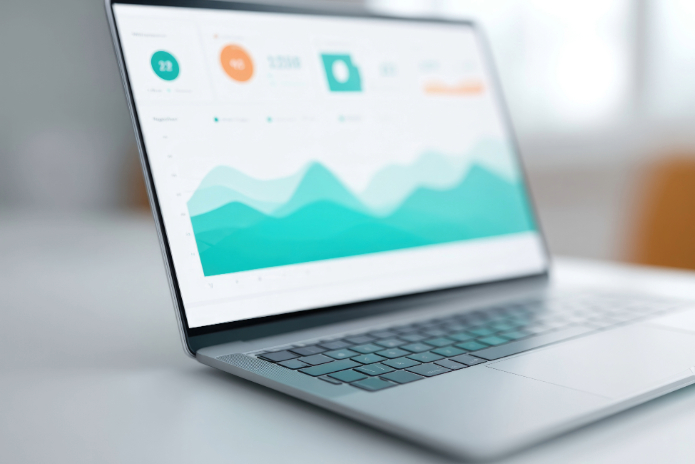Would you like a briefing from Bruno Almeida, CEO of US Media? An expert with over 20 years of experience in the sector and representative of brands like Tinder, VEVO, Magnite, and WeTransfer. He highlights the importance of strategic integration between content creators and programmatic media to reduce waste and maximize campaign results.
The modern consumer does not stick to a single channel. While seeking entertainment on social media, consuming news on portals, and shopping on apps, brands face the challenge of keeping up with this fragmented journey. ‘The discussion is no longer about influencers or paid media, but how to intelligently integrate them,’ says Bruno Almeida, CEO of US Media.
The numbers reveal the potential of this synergy: 69% of consumers trust influencers more than brands, according to Matter Communications, but BrandLovers estimates that R$1.57 billion is wasted annually on poorly structured campaigns. ‘Influence creates emotional connection; paid media turns this into measurable results,’ explains Almeida.
In practice, this integration works like an orchestra:
– Influencers create awareness and desire
– Programmatic media drives qualified traffic
– Behavioral data closes the cycle with conversions
With 75% of Latin Americans using TikTok as a news source, according to Comscore, the region is particularly receptive to integrated campaigns. A practical example is the arrival of TikTok Shop in the market. ‘Brands that understand this dynamic will have a competitive advantage,’ concludes Almeida. The future of marketing is not about taking sides but uniting authenticity and precision.
Do you find the briefing interesting? Below is the full press release with details on the topic!
Think it’s worth covering? I’m also open to arranging an interview with the executive!
Looking forward to your response!
Best regards,
Leticia Olivares
The debate influencers versus paid media is outdated. In a fragmented digital landscape, where consumers move across multiple channels and formats, the choice is no longer OUbut rather E. Social networks, video platforms, websites, and apps compete for the attention of a dynamic, multi-focused audience, demanding more complex and complementary strategies. After all, how do you reach a consumer who seeks entertainment on social media, information on specialized portals, and immediate solutions on shopping apps?
“Today’s consumer is a multitasker of information. They navigate across platforms with different goals and expectations, and brands need to be present in these moments in an integrated, strategic way,” says Bruno Almeida, CEO of US Media. The executive argues that combining influencers and paid media is key to strengthening advertising impact at every stage of the consumption funnel.
Data from Matter Communications confirms the power of influencers: 69% of consumers trust their recommendations more than direct brand messages. However, BrandLovers estimates that R$1.57 billion is wasted annually in Brazil on poorly structured influencer campaigns, often due to a lack of media integration. “It’s like building a house without a foundation. Influence creates buzz , but without media to sustain and direct that buzz , the potential is lost,” explains Almeida.
Orchestrating Influence and Performance: The Key to SuccessContent creators generate empathy, conversations, and authentic connections. Paid media, in turn, ensures reach, targeting, and predictability. Almeida emphasizes that when planned in an integrated and complementary way, these approaches amplify each other. ‘Influencers open the dialogue, and media sustains it with precise targeting, retargeting , and intelligent use of data, guiding the consumer along the purchasing journey—from interest to conversion.’ The lack of this continuity, warns the CEO, is one of the main bottlenecks in digital campaign performance.
Investing in hybrid campaigns allows brands to achieve different communication objectives in an integrated way. For example, while influencers can build awareness and generate desire for a product, programmatic media drives qualified traffic to the e-commerce , directly impacting sales. ‘It’s like an orchestra—every instrument has its role, and the combination creates a perfect symphony.’
Latin America: A Promising Landscape for IntegrationWith high digital penetration, a strong sense of community, and openness to experimenting with new platforms and formats, Latin America stands out as fertile ground for integrated campaigns. ‘TikTok, for example, is already the primary news source for 75% of Latin Americans, according to Comscore,’ highlights Almeida. ‘Digital influence shapes consumer decisions, and brands must pay attention. A practical example is the arrival of TikTok Shop.’
Diversification and Measurement: Pillars of Future CampaignsFor US Media’s CEO, the future of advertising lies in multi-channel campaigns that integrate different platforms, formats, and voices. ‘People move between social networks, websites, videos, and apps. Brands need to use data and technology to create unified and fluid campaigns that follow the consumer journey,’ he says. Diversification, he argues, is not just about distributing the budget but creating smarter, more relevant campaigns with adaptable narratives and formats that resonate with audiences on each channel.
“I believe we’re at a pivotal moment. The challenge is not choosing between influence ou media, but intelligently integrating both. When this happens, the result is far greater than the sum of its parts, creating campaigns that truly resonate with the audience and generate value for the brand. The consumer journey has changed, and brands that don’t adapt will be left behind,” concludes Almeida.


